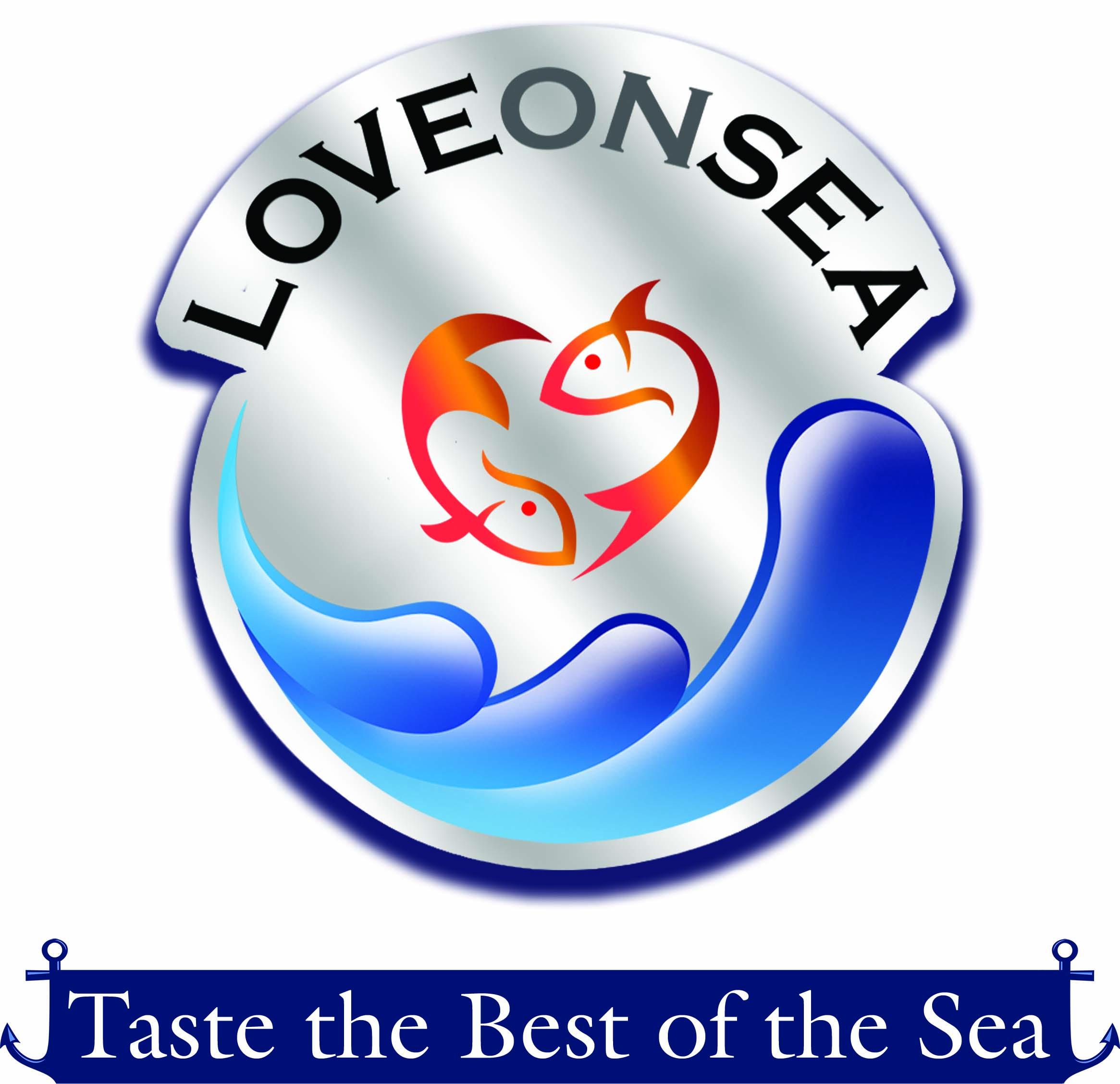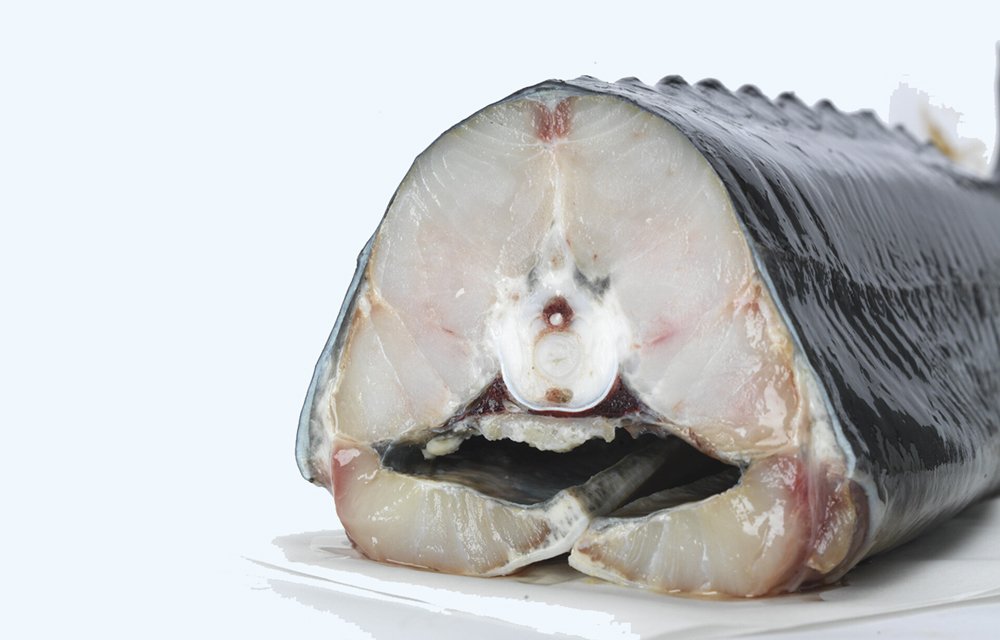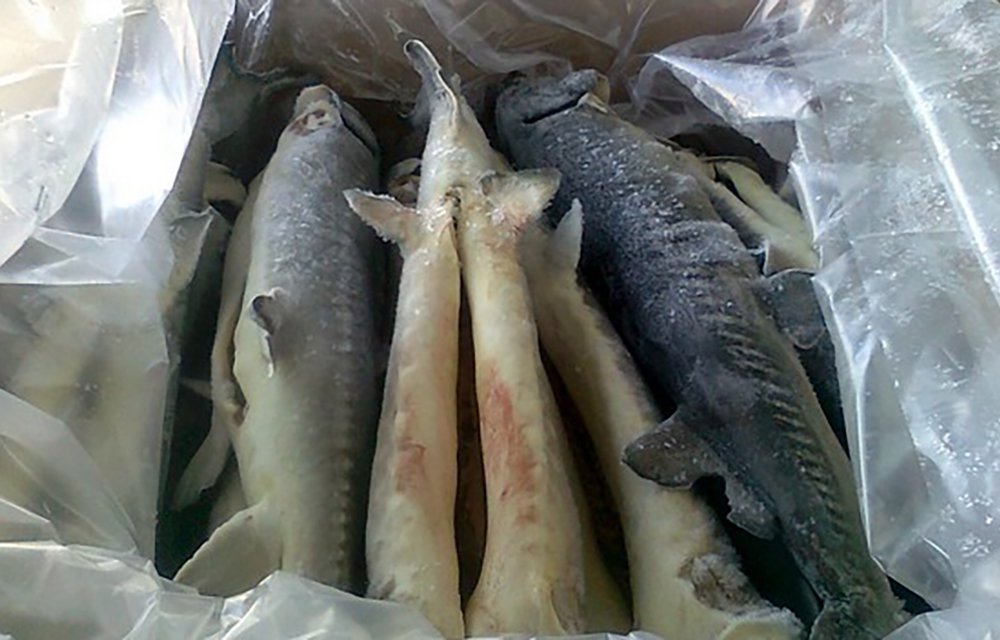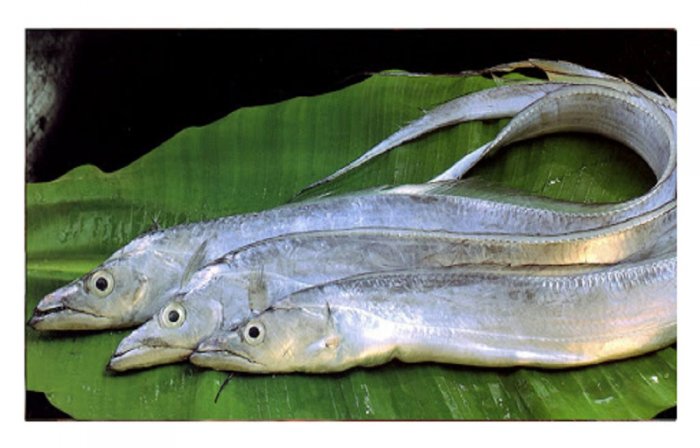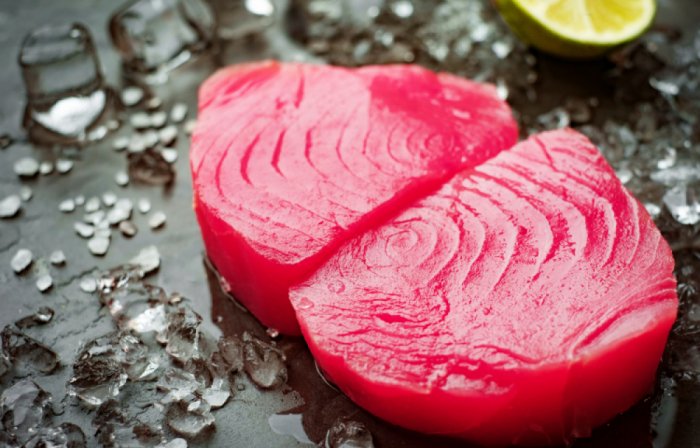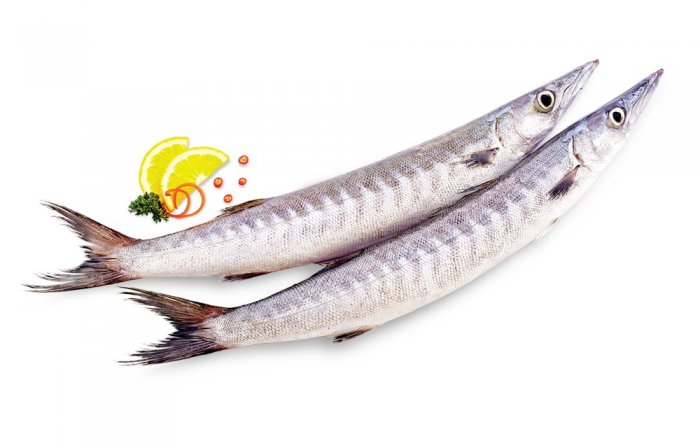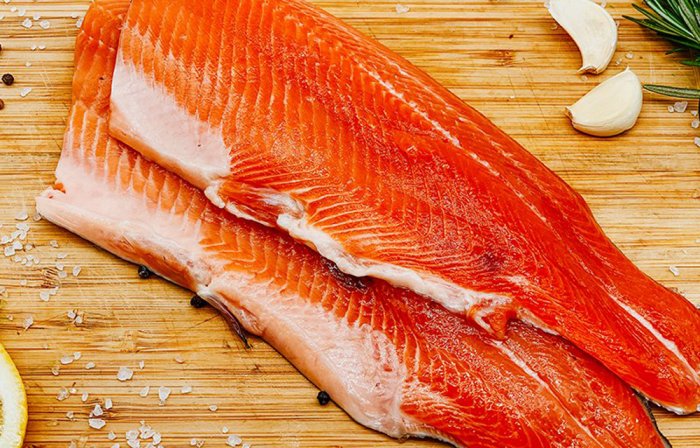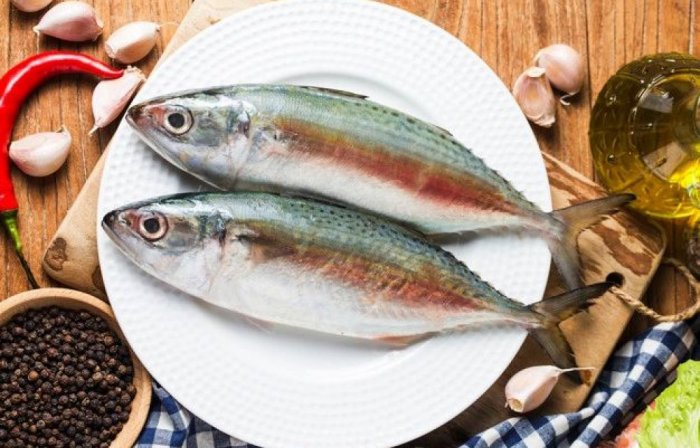Sturgeons (Acipenseridae) are known as living fossils. Unfortunately, dam construction, illegal fishing, degradation of habitat and spawning grounds along with industrial and agricultural pollution have caused these species to be included in the IUCN Red List of endangered species and in 1997 all sturgeon fishes were included in the CITESAppendices. Beluga (Huso huso) is one of the most important species of sturgeon in the Caspian Sea. This species is valuable for artificial rearing and the production of them for meat and caviar has been increasing recently in Iran.
It has been determined that aquacultured sturgeon have an abundance of n-3 high unsaturated fatty acid (HUFA) and a high n-3/n-6 PUFA ratio. The Beluga sturgeon (Huso huso) is distributed within the basins of the Caspian, Black and Adriatic seas, where it once supported major commercial fisheries, but it is now considered endangered by the International Union for the Conservation of Nature and Natural Resources. This fish is an increasingly important aquaculture species in Iran, Eastern Europe, Japan, and Russia because of the dwindling natural sources of caviar and sturgeon meat.
